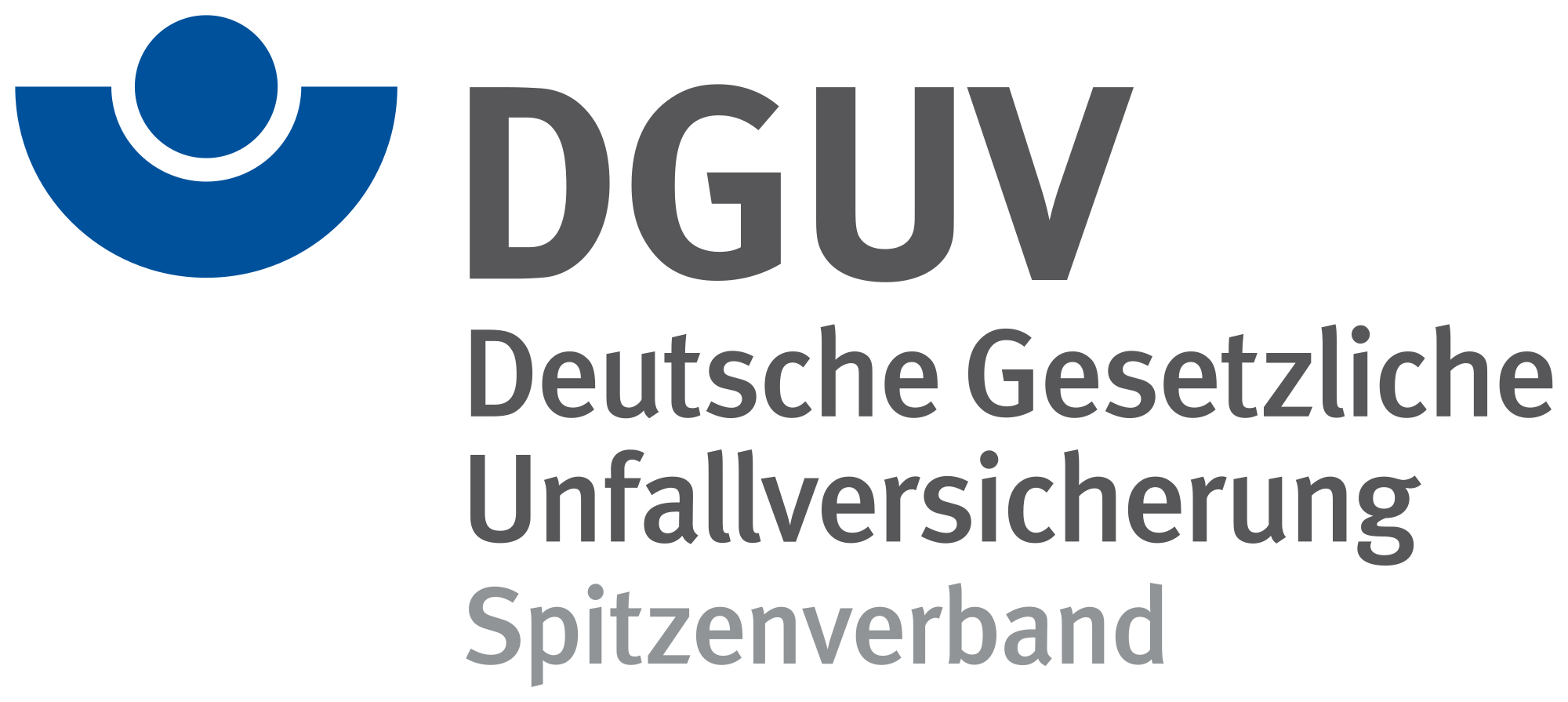Institutions of the German Accident Insurance System
The German social accident insurance system is part of Germany’s social security system, and aims to protect the working population and special groups such as school pupils and students (when on their way to and from or at their educational institution) from occupational accidents and diseases and the consequences thereof.
In total, around 79 million people are insured against the consequences of occupational accidents and occupational diseases. Over 4 million companies and institutions are members of the individual German social accident insurance institutions.
BGs responsible for the private sector
The institutions for statutory accident insurance and prevention (Berufsgenossenschaften, abbreviation “BGs”) are organized on sectoral lines. The BGs are responsible for the businesses in the industrial sector, around three million in number, with millions of insured employees and numerous other insured parties, such as entrepreneurs who are insured voluntarily, and persons undergoing rehabilitation measures for their duration.
Insurers for public institutions
Most of the public-sector accident insurers (Unfallkassen, abbreviation "UK") are generally responsible for one particular German region. Around 28 million people, including all children in schools, nursery schools and after-school care centres, and students in higher education, fall within the responsibility of the public-sector accident insurers.
The DGUV umbrella association
The institutions for statutory accident insurance and prevention (BGs) and the public-sector accident insurers (UKs) are members of the DGUV (the "German Social Accident Insurance"), the umbrella association which represents their interests, for example at political level. In addition, the DGUV supports its members in all issues of a generic nature, develops common measures for prevention, promotes the ongoing development of rehabilitation, and addresses new methods and approaches in initial and further training.
The tasks of the German social accident insurance institutions
The statutory mandate of the German social accident insurance system comprises the fields of "prevention", "rehabilitation" and "compensation". As one of this trio of duties, prevention targets the primary objective of preventing occupational accidents, occupational diseases and work-related health hazards and ensuring the delivery of effective first aid. Contemporary prevention adopts a holistic approach comprising measures in the fields of both occupational safety and health (OSH) and health protection. The goal of prevention is Vision Zero - a world without occupational accidents and work-related diseases. Vision Zero is the goal of a comprehensive culture of prevention.
The above-mentioned statutory mandate is successfully fulfilled by the German social accident insurance institutions. The prevention work they carry out is designed to guarantee safety and health in commercial and public companies, children’s daycare facilities and educational institutions and amongst volunteers (the primary focus being members of volunteer fire brigades). Their duties include consulting and monitoring, research, initial and further training and the dissemination of information as well as rules and regulations – all of which combine to provide a strong foundation for safety and health in companies, educational facilities and the field of road safety.
The accident insurance institutions are responsible, in a variety of ways, for occupational safety and health within companies. Labour inspectors provide advice to and surveillance of companies in this area. In the event of an occupational accident or disease, the BGs work closely with hospitals and doctors in private practice. The BGs maintain their own clinics, which are specialized in the rehabilitation of accident victims and persons with occupational diseases.
The services begin with primary medical care. They extend, where necessary, through rehabilitation to compensation in the form of a pension. Resources are also available for social and occupational rehabilitation. The principle is that rehabilitation takes priority over pensions: the best possible rehabilitation measures are to be used in order for affected persons to be enabled to return to their professions, and to retain their independence and as much control as possible over their own lives.
Financing and premiums system
Preventive measures, rehabilitation and compensation are funded in full by the employers. The level of premiums corresponds to the necessary expenditure in the preceding year (adjustable contribution procedure) and differs from sector to sector. Therefore, the premiums every BG receives differ. The statutory accident insurance system does not generate a profit; only the actual costs are apportioned.
Accident insurance costs falling within the responsibility of the accident insurance fund of the Federal government and the accident insurance institutions responsible for the regional and local authorities are borne by the relevant incorporated bodies responsible for the regions concerned and financed essentially through tax revenues. The premiums for insured individuals in private households must be paid by the person managing the household.
Compared to other social insurance premiums, those for statutory accident insurance are low. Averaged over many years, the premium for employers has been in the region of 1.3%.
For more information on the German social accident insurance system please consult the website of DGUV at https://www.dguv.de/en/
